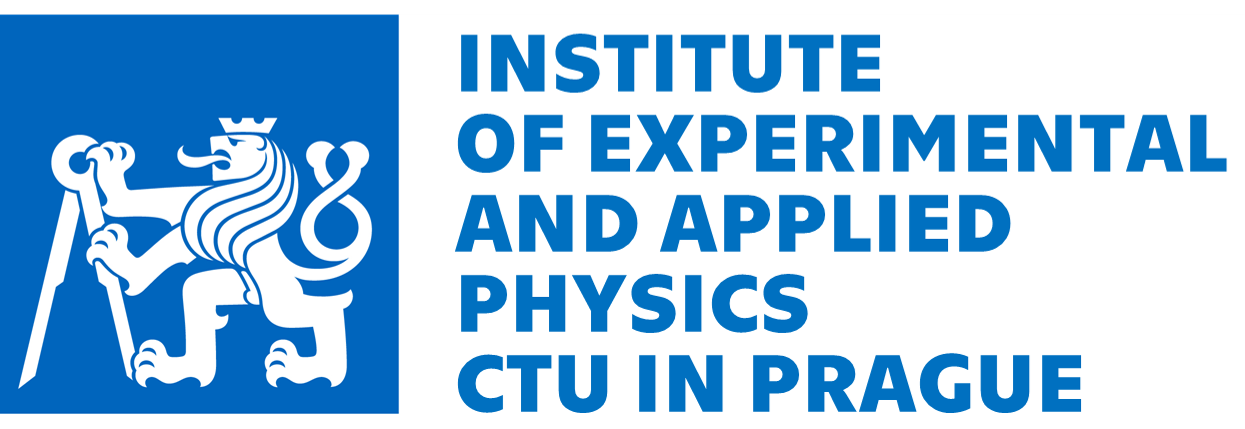
Superconducting Transition Edge Sensors for Basic Science
Goran Karapetrov
Department of Physics, Drexel University, Philadelphia, USA
Abstract: Detectors are essential in all the branches of experimental physics. They are the enabling resource for pushing measurements to higher precision and lead to new, innovative experiments and applications. Superconductor-based transition edge sensors (TESs) are a particularly exciting class of detectors because they enable detectors with high sensitivity and high scalability, opening up nontraditional applications and new directions of research. As a low-impedance low-noise device fabricated using modern thin-film processing, the superconductor TESs are well suited to array implementations.
At Argonne National Laboratory, multi-divisional expertise in nanofabrication, materials science and integrated superconducting systems has provided a unique combination of capabilities for pushing the forefront of TES array technology. In collaboration with a number of university collaborators, including the University of Chicago, new materials and fabrication techniques for TES arrays have been developed, which have opened up new opportunities in basic science.
In this talk, I will present some results from the detector development and discuss how this technology has led to new research applications including studies of our cosmic origins and the physics of neutrino mass.
Seminar takes place on Tuesday, September 4th 2018 at 2:00 PM
in the IEAP meeting room, Praha 2 ‐ Albertov, Horská 3a/22.
| doc. Dr. André Sopczak seminar organizer |
doc. Ing. Ivan Štekl, CSc. director of IEAP |
doc. Dr. André Sopczak IEEE CS - NPSS chair |
 NUCLEAR & PLASMA SCIENCES SOCIETY CHAPTER
NUCLEAR & PLASMA SCIENCES SOCIETY CHAPTER
IEEE Czechoslovakia section
http://www.ieee.cz/en/nps

